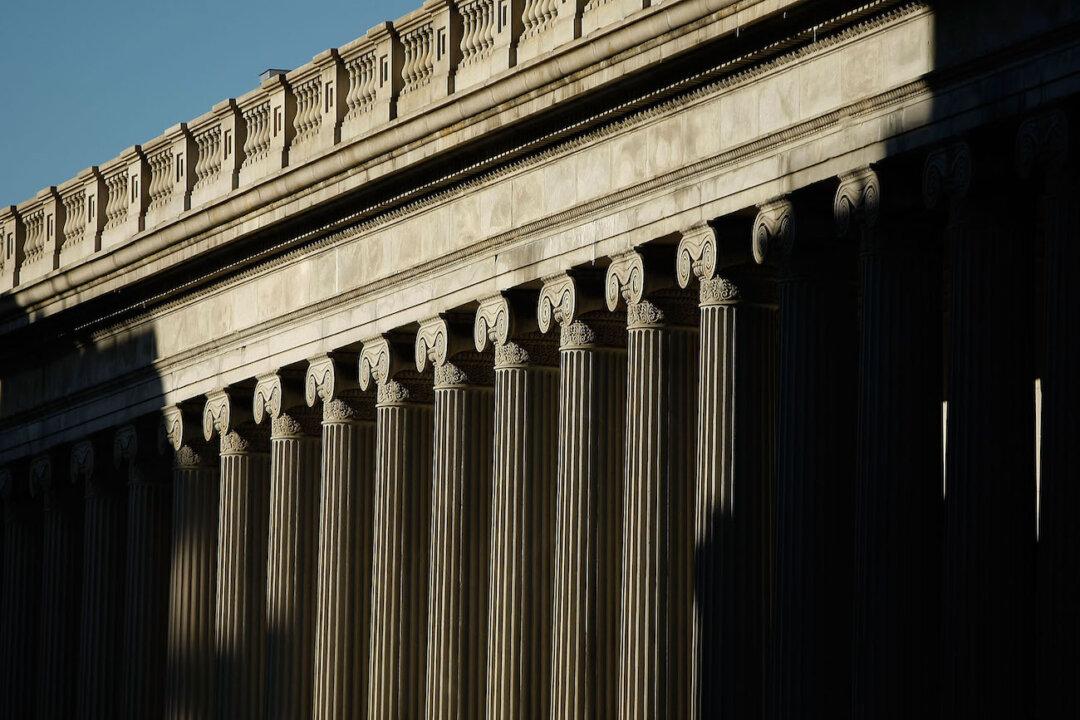The U.S. Department of the Treasury announced Friday that as many as 8 million households haven’t claimed CCP virus stimulus payments, despite being eligible.
The Treasury said it “will work to stand up an effort to help households who have not yet been able to access their stimulus payments get much-needed relief,” adding that as many as 8 million households eligible for payments from the CARES Act signed in March 2020 may have not received them.




